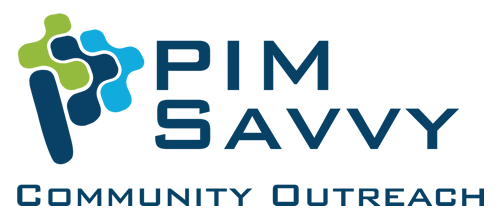Young adults and grown-ups alike are facing a growing problem of living paycheck to paycheck and struggling with debt. This can be a difficult and stressful situation to be in, and it can feel like there is no way out. However, there are steps that can be taken to break the cycle of debt and start living a financially stable life.
Take advantage of savings and debt management programs. Many credit unions and banks offer special accounts, such as high-yield savings accounts, that can help you save money and earn interest on your deposits. Additionally, many credit unions often offer higher interest rates on savings accounts and specialized savings programs tailored to their members’ specific needs and goals, providing a more personalized and beneficial savings experience compared to banks. They also offer debt management programs that can help you pay off your debts more efficiently by consolidating multiple loans into one payment or negotiating with creditors to lower interest rates or fees. By utilizing these programs, you can take a proactive approach to managing your finances, reducing debt, and building savings.
Create a budget. To create a budget, you’ll first need to list all of your income, including your salary, any bonuses or side hustles, and any other sources of money. Next, you’ll need to list all of your expenses, including rent or mortgage payments, utilities, transportation costs, food, entertainment, and any other regular expenses. Once you have this information, you can compare your income and expenses and identify areas where you can reduce your spending. By creating a budget, you can gain a better understanding of where your money is going and make changes to your spending habits that will help you save money and reduce debt.
Automate your savings. By setting up automatic transfers from your checking account to your savings account on a regular basis, such as every time you get paid, you can automate your savings. This will help ensure that you are consistently putting money into savings and make it less likely that you will spend it on other things.
Take advantage of deals and discounts. This can be done by using coupons, shopping at sales, and taking advantage of loyalty programs or cashback offers. You can also save money by buying items in bulk when they are on sale, which can help you save money in the long run.
Building an emergency fund. This is a savings account that is set aside for unexpected expenses such as car repairs, medical bills, or job loss. Having an emergency fund can provide a safety net and prevent you from having to rely on credit cards or loans to cover unexpected expenses. To start building an emergency fund, it is important to set a savings goal and determine how much you can realistically save each month. It is recommended that you save enough money to cover three to six months of living expenses. This will ensure that you have enough money to cover unexpected expenses without having to rely on credit cards or loans.
Financial Coaching. PIM Savvy Financial Coaches can help you create a budget and debt management plan, set savings goals, improve your credit, and plan for long-term financial goals. They can provide guidance on cutting back on expenses and redirecting that money towards paying off debt and saving.

